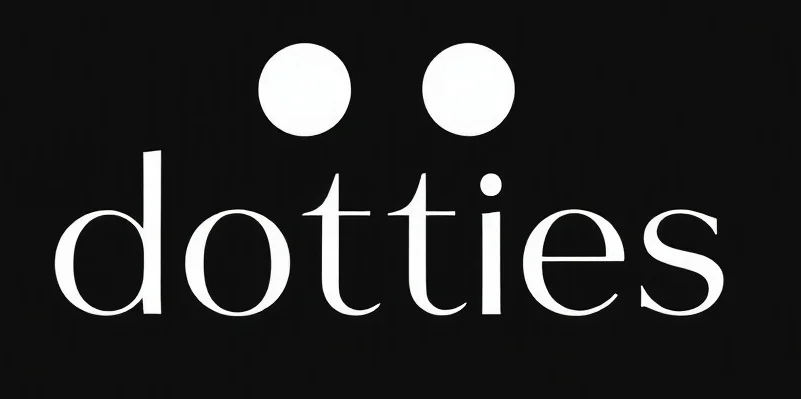The Art of Sales Forecasting: A Not-So-Exact Science
We’ve all been there—staring at spreadsheets, trying to predict the future with numbers. Sales forecasting can feel like predicting the weather, only with a bit more Excel and a bit less meteorology. Yet, it’s a crucial part of any business strategy. If you want a deeper dive into the methodology, check out this guide on how to calculate sales forecasting.
Understanding the Basics
Sales forecasting is essentially the art and science of predicting future sales based on historical data, market analysis, and a splash of intuition. It’s like looking into a crystal ball but with more spreadsheets and fewer incantations. The goal is to estimate future sales to make informed business decisions.
The Methods Behind the Magic
There are several methods to approach sales forecasting, and choosing the right one depends on your business needs and available data. Let’s break down a couple of the most common techniques:
Qualitative Forecasting
Qualitative forecasting relies on expert opinions and market research. It’s like gathering a council of wise sages, each offering insights based on their experience and knowledge. This method is particularly useful for new businesses or those entering uncharted markets where historical data is scarce.
Quantitative Forecasting
Quantitative forecasting, on the other hand, is all about the numbers. It leverages historical data to predict future outcomes. Think of it as the data-driven detective work of sales forecasting. Techniques such as time series analysis and regression models fall under this category. This method is excellent for established businesses with plenty of historical sales data to chew on.
Blending Art with Science
Now, here’s where it gets interesting. The best sales forecasts often come from blending both qualitative and quantitative methods. It’s like inviting both a mathematician and a market guru to your sales strategy party. The mathematician provides the hard data, while the market guru adds the context and intuition.
Why It Matters
Accurate sales forecasting is crucial for several reasons. It informs budgeting, staffing, inventory management, and even marketing strategies. It’s your business’s way of telling you when to speed up and when to hit the brakes. Without it, you’re essentially flying blind, hoping for the best but preparing for the worst.
Common Pitfalls
Watch out for common pitfalls like over-reliance on historical data or ignoring market changes. Remember, past performance isn’t always indicative of future results, especially in rapidly changing markets. Also, be wary of cognitive biases that might skew your forecasts. Sometimes, our brains love to see patterns where there are none.
Actionable Recommendations
- Regularly update your forecasting models to reflect the latest data and market trends.
- Combine both qualitative and quantitative methods for a more rounded approach.
- Involve cross-functional teams in the forecasting process to gather diverse perspectives.
- Use technology tools to automate data collection and analysis, freeing up time for strategic thinking.
Sales forecasting isn’t about predicting the future with absolute certainty. It’s about making educated guesses that inform smarter business decisions. So, embrace the uncertainty, gather your data, consult your experts, and start forecasting your way to better business insights.
Checkout ProductScope AI’s Studio (and get 200 free studio credits)

